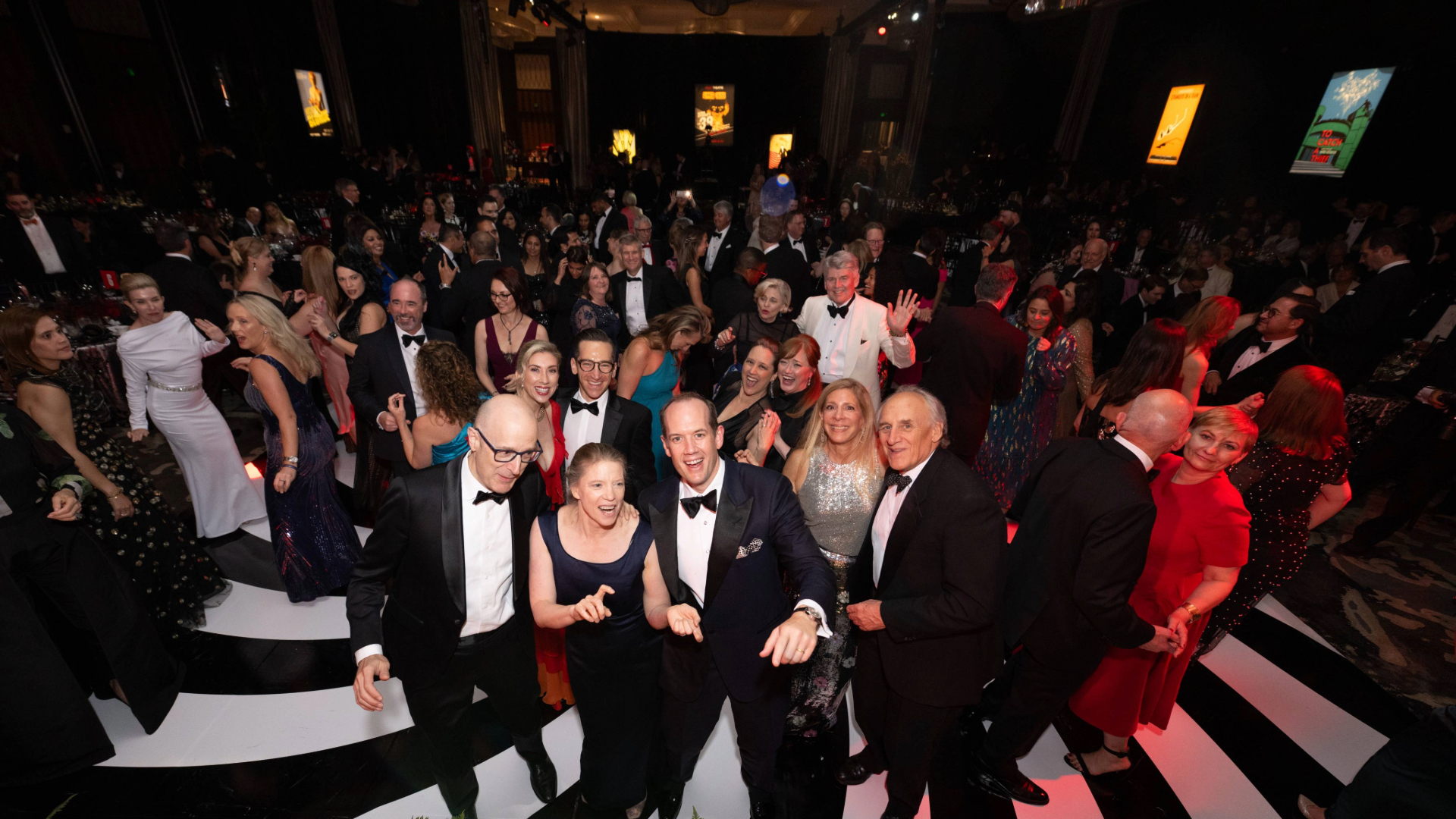Unraveling Scrooge: A Tale of Redemption and Reflection
In Charles Dickens’ timeless novella, A CHRISTMAS CAROL, Ebenezer Scrooge emerges as a character embodying the change from a miserly loner to a benevolent benefactor. David Rainey, a seasoned member of the Alley Resident Company who has portrayed Scrooge multiple times, reflects on the character’s complexity, stating, “Scrooge was not born. He was made. The events of his life shaped who he ultimately became.”
Scrooge’s introduction in the novella paints a vivid picture of his character. Dickens describes him as a “squeezing, wrenching, grasping, scraping, clutching, covetous, old sinner!” A miserly figure consumed by the pursuit of wealth, Scrooge represents the epitome of greed and a disregard for the welfare of others. His infamous catchphrase, “Bah, Humbug!” reflects his disdain for Christmas and his cynicism toward life.
David’s idea that Scrooge was “made” suggests that external factors shaped his character. Dickens’ narrative reveals the events and choices in Scrooge’s past that molded him into the bitter figure we encounter at the story’s outset.
Scrooge’s journey is not only a supernatural odyssey guided by the ghosts of Christmas past, present, and future but also an exploration of the human condition. Rainey emphasizes that the story is about a man confronting the consequences of his past decisions, making it inherently relatable. As David aptly says, “We all need to reflect upon our past along the way.”
The Ghost of Christmas Past unveils moments from Scrooge’s youth, revealing a time when he was shown kindness and compassion. The younger Scrooge’s relationship with his sister Fan and his employer, Mr. Fezziwig, portrays a different side to him—a Scrooge untouched by the cold grip of greed. Dickens illustrates that Scrooge’s change into the miserly figure we know is not an inherent trait but a consequence of his life experiences.
The Ghost of Christmas Present offers a glimpse into the current state of humanity, showcasing scenes of joy and generosity and highlighting the struggles of those less fortunate. Scrooge’s clerk, Bob Cratchit, and his family become central figures, with the youngest son, Tiny Tim, symbolizing the consequences of social indifference. Scrooge’s interaction with Tiny Tim’s fate is a poignant catalyst for change.
David’s observation that A CHRISTMAS CAROL is a story of a man confronting his past decisions is exemplified in the harrowing visitation of the Ghost of Christmas Yet to Come. The bleak visions of death and despair force Scrooge to confront the potential outcome of a life without compassion and kindness. It is here that Scrooge’s transformation becomes not just desirable but imperative.
As Scrooge wakes on Christmas morning, his transformation is complete. The once callous miser is reborn with a newfound spirit of charity and love. Rainey’s insight into the character becomes even more poignant as he notes, “It ultimately illustrates that it is never too late to make changes that will make our world a better place.”
Scrooge’s redemption is a testament to the transformative power of self-reflection and the capacity for change within every person. Dickens crafted a parable that transcends time, reminding us all to examine our lives, to learn from our past, and to embrace the opportunity for positive transformation.
David Rainey’s portrayal of Scrooge reminds us that, like Scrooge, we all can change. A CHRISTMAS CAROL continues to inspire audiences to reflect on their own lives and kindle the spirit of goodwill toward all.





























